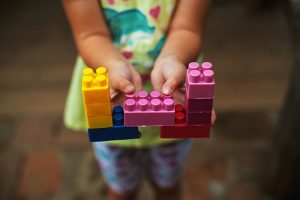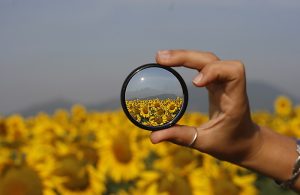Enter your address to receive notifications about new posts to your email.
Featured
-
Featured
New members of the GSA Board of Directors: 2019–2021
We are pleased to announce the election of six new leaders to the GSA Board of Directors: 2019 Vice-President / 2020 President Denise Montell Robert and Patricia Duggan Professor, Distinguished Professor, Molecular, Cellular, and Developmental Biology, University of California, Santa Barbara Denise Montell’s research aims to uncover the fundamental mechanisms that control how cells build…
-
Featured
Family tree of 400 million people shows genetics has limited influence on longevity
Study of huge Ancestry.com pedigree suggests assortative mating may have inflated previous estimates of life span heritability. Although long life tends to run in families, genetics has far less influence on life span than previously estimated, according to a new analysis published in GENETICS. Ruby et al. used a data set of over 400 million…
-
Featured
Time flies: Get ready for #Dros19
Registration is now open for the 60th Annual Drosophila Research Conference! In the fall of 1958, a handful of colleagues met to talk “more or less endlessly” for two days, mainly about the fruit fly Drosophila. Most of the dozen or so participants were members of James F. Crow’s laboratory at the University of Wisconsin–Madison.…
-
Featured
Announcing GSA’s Conference Childcare Committee
The committee will assess current childcare support at GSA meetings and make recommendations for improvement. Parent scientists know firsthand that many scientific conferences fail to provide adequate support for attendees with children. Indeed, Calisi et al. discussed the “childcare-conference conundrum” in detail earlier this year, outlining the barriers parents face and making suggestions for how…
-
Featured
What inspired Mendel?
Newly uncovered newspaper articles shed light on Mendel’s motivations. Gregor Mendel is considered by many to be the father of genetics. Yet, because his work was not fully appreciated in its time, little is known about Mendel himself. Primary sources, such as letters he wrote, are rare; only a few dozen pieces of his correspondence…
-
Featured
Kevin Lee: networks build opportunities
Executive Director and Scientific Advisor Kevin Lee works for several private foundations, bridging funding gaps by building networks of scientists, clinicians, and patients. In the Decoding Life series, we talk to geneticists with diverse career paths, tracing the many directions possible after research training. This series is brought to you by the GSA Early Career Scientist Career Development…
-
Featured
The hole truth about activating Torso
Holes in the plasma membrane trigger the activation of the Torso receptor tyrosine kinase. As a general rule, cells don’t do well when holes are poked in their plasma membranes. That’s why many immune cells use enzymes like perforin to puncture the membranes of pathogenic cells, dysregulating and often killing them. However, a new report…
-
Featured
Midnight munchers: starved worms can’t sleep
Food-deprivation inhibits the stress-induced sleep response in C. elegans. For many animals, the essential physiological drives of sleep and food are intimately linked. You might have noticed this if you’ve ever stayed up far too late and found yourself craving a snack. Yet because it’s impossible for most animals to eat and sleep at the…
-
Featured
Chinonye Nnakwe Whitley leaves room for serendipity
NSF Program Officer Chinonye Nnakwe Whitley combines her skills in business, academia and entrepreneurship to empower underrepresented scientists. In addition to her work on the NSF EPSCoR (Established Program to Stimulate Competitive Research) team, she leads innovation training workshops for early career scientists. In the Decoding Life series, we talk to geneticists with diverse career paths, tracing…
-
Featured
Addressing sexual harassment in STEM
Guest post by members of the Early Career Scientist Policy Subcommittee Emily Lescak, Giovanna Collu, and Lacy Barton Recent high-profile cases of sexual misconduct in science have revealed a pervasive undercurrent of harassment in the STEM workplace. How should scientists, institutions, and funding agencies respond? Given the importance of this issue, we wanted to provide…
-
Featured
Enhancing our view of enhancers
GC content alone is associated with distinct functional classes of human enhancers. Because enhancers can be located hundreds of kilobases away from their target genes, it can be challenging to accurately predict their functions. A new report in GENETICS uses sequence composition to distinguish two enhancer classes that have distinct functions and spatial organization in humans.…











